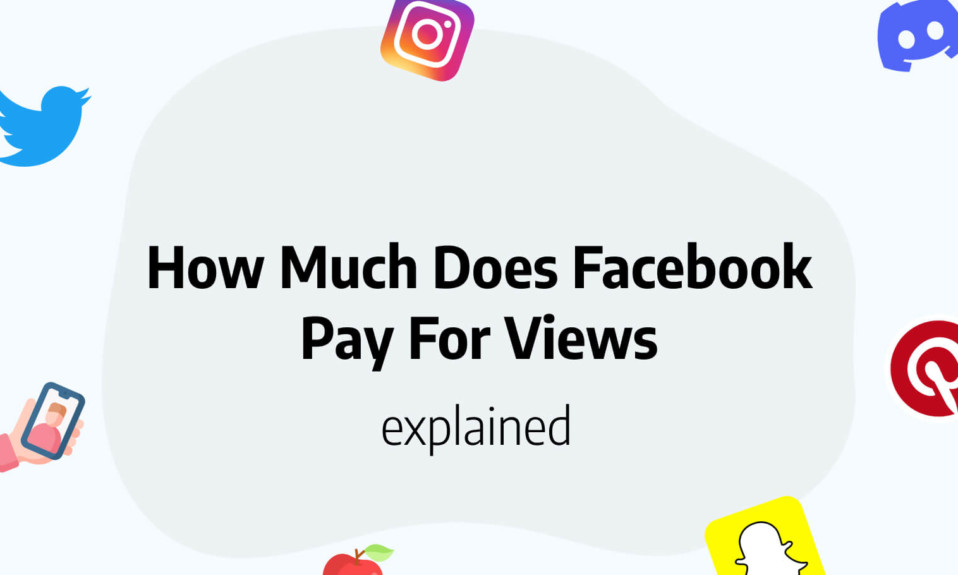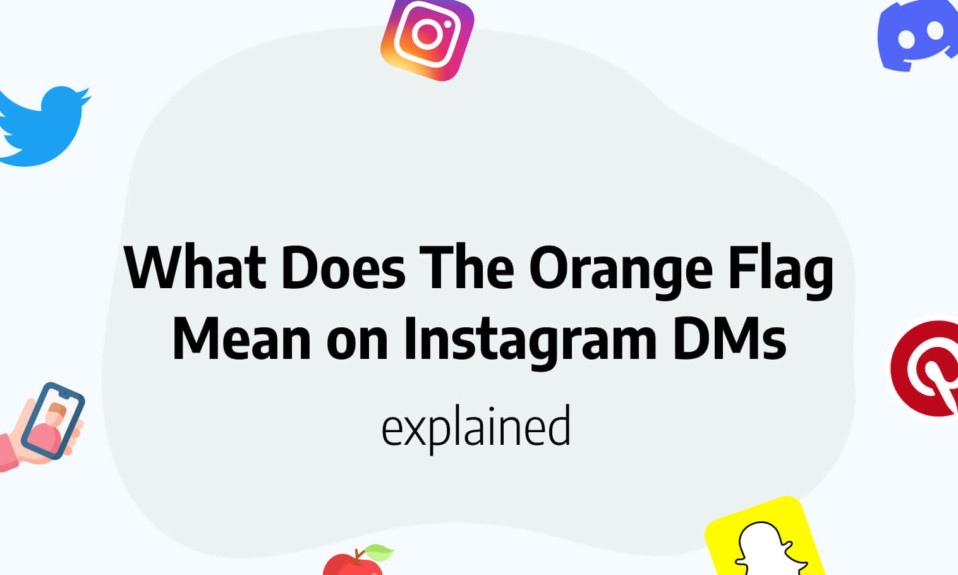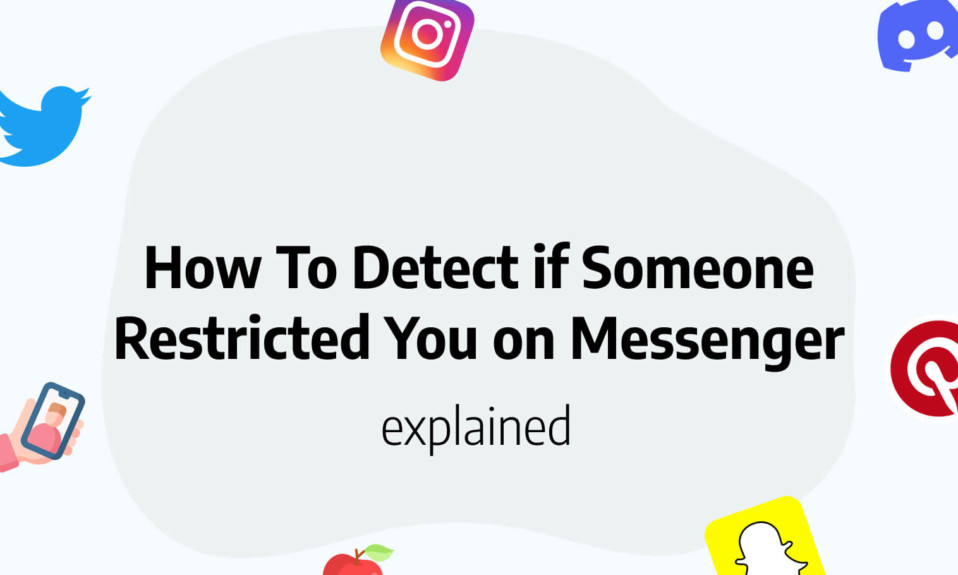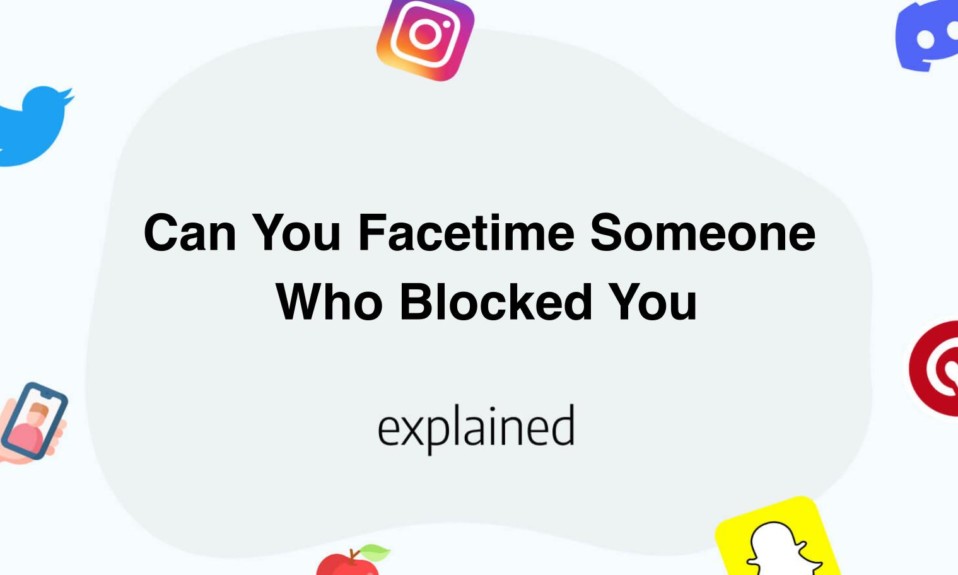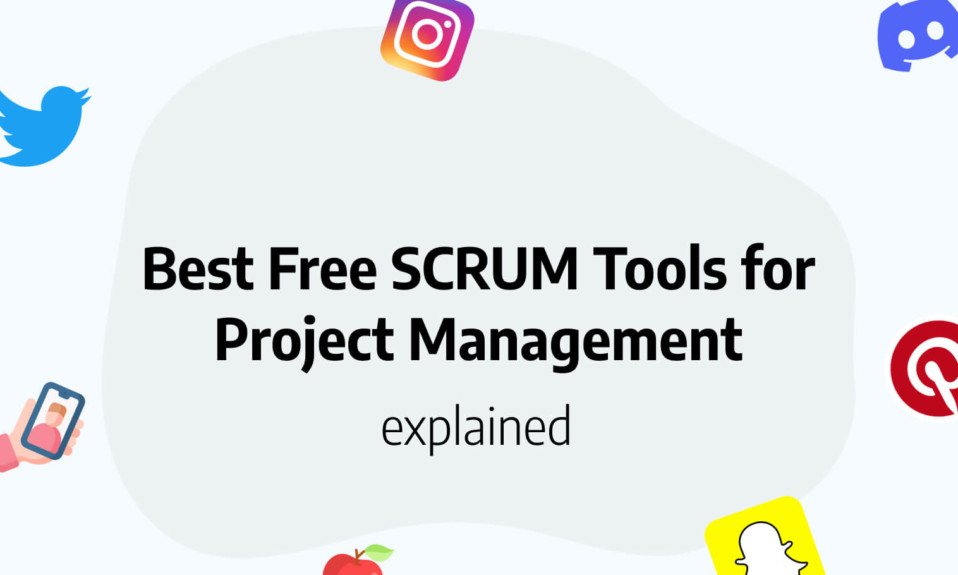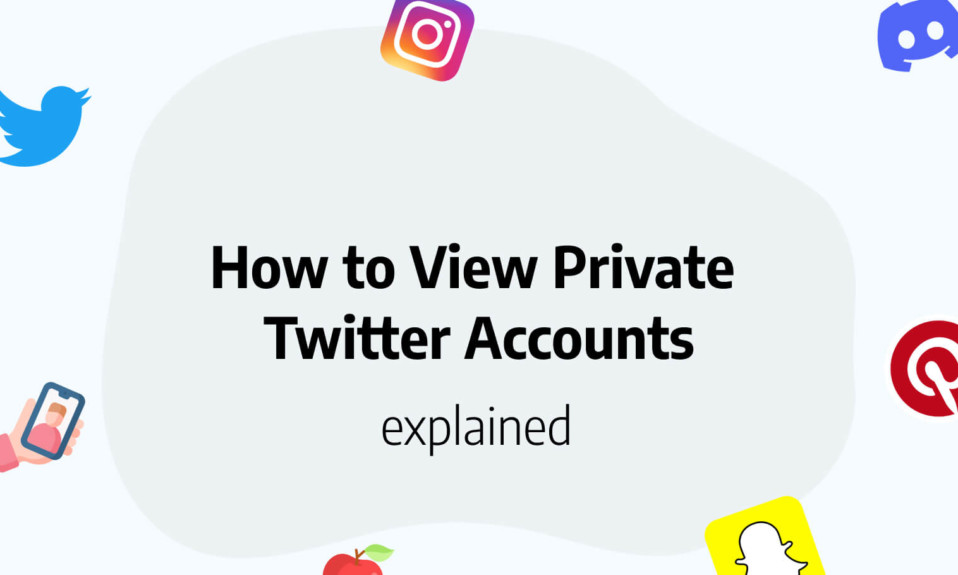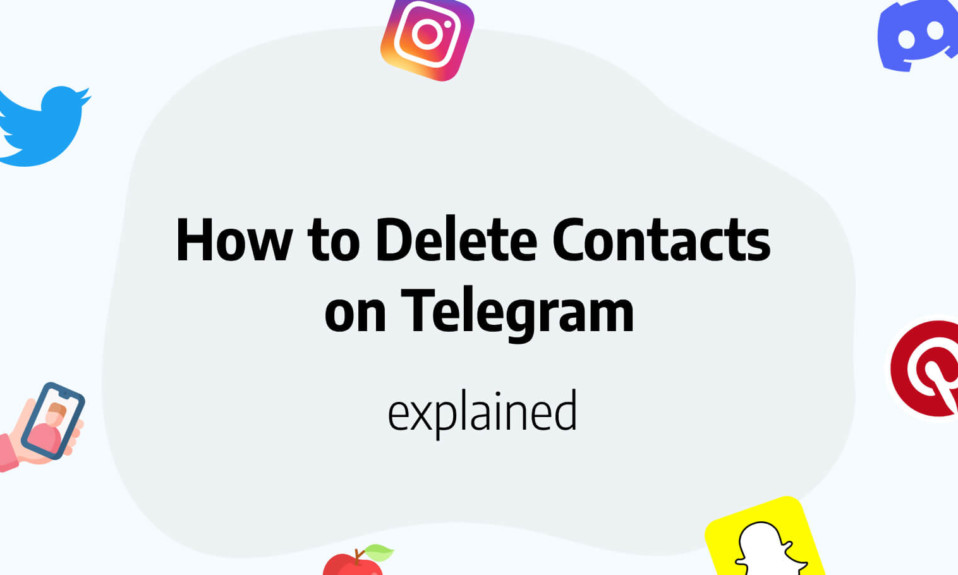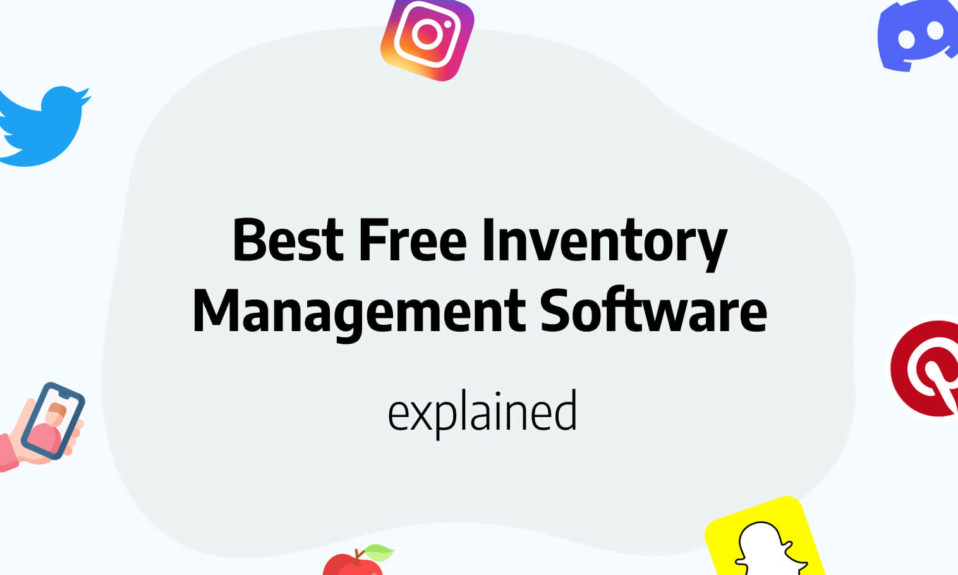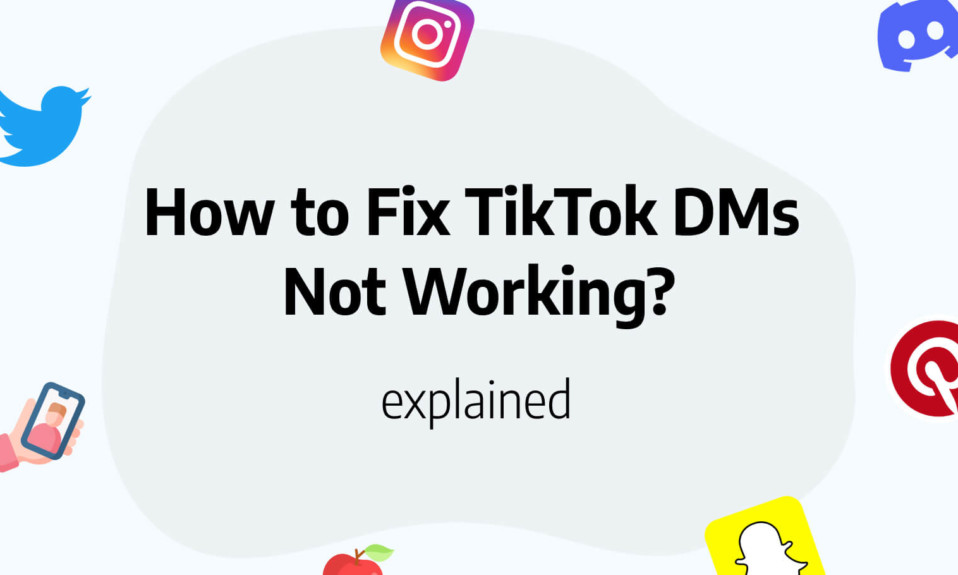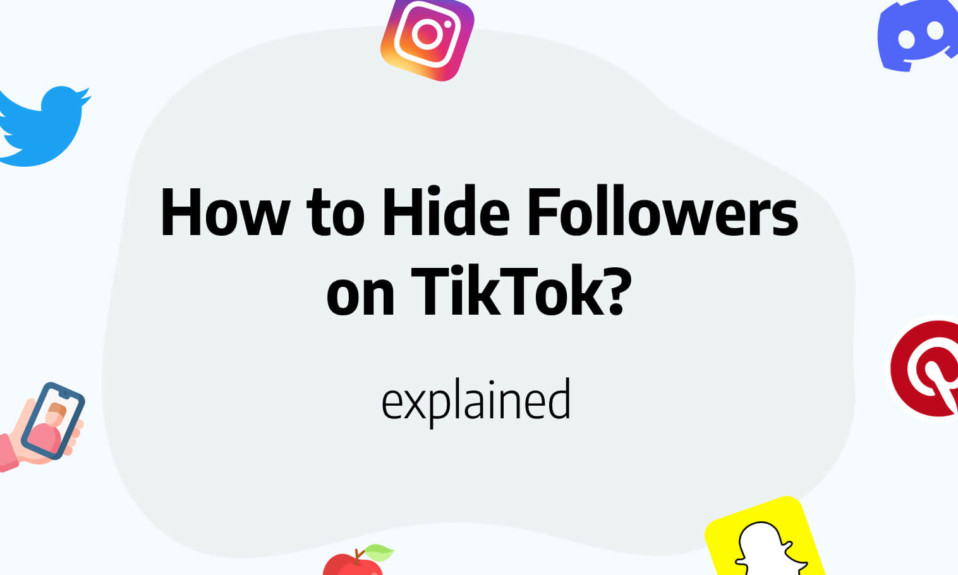In this post, you’ll learn how much does Facebook pay for views.
Facebook revealed plans to support content creators in producing and profiting from their work. By posting their content on Facebook, creators and publishers can generate income through advertisements on their videos or pages.
On average, Facebook ads cost about $0.94 per click and $12.07 per 1,000 impressions. According to the Social Media Examiner, Facebook ad campaigns yield around $8.75 for every 1,000 views.
Nonetheless, the earnings derived from these advertisements can fluctuate depending on several factors, including ad impressions, click-through rates, and additional engagement indicators like video views, shares, and comments.
How much does Facebook pay for 1000 views?
To monetize a video on Facebook, it is essential to achieve at least 1,000 views while adhering to the platform’s eligibility requirements.
Users have reported that the current payout rate from Facebook lies between $8.25 and $10 per 1,000 video views.
This rate, however, can fluctuate depending on factors such as the target audience, ad performance, and the quality of the content.
Keep in mind that there isn’t a fixed amount, but you can estimate how much Facebook pays for every views using the following formula:
(Ad CPM x ad views) / nb views = Your $$
We will discuss ads in more detail shortly, but “ad CPM” stands for “cost per mille.” This refers to the cost of obtaining 1,000 impressions on your Facebook ad, which varies based on factors such as content type and target audience.
For instance, if your ad CPM was $5 and your video received 10,000 views, you would earn $50. While this may not seem like a substantial amount, content creators can generate revenue on Facebook by consistently producing and sharing videos that attract this level of viewership.
It is crucial for creators to focus on producing engaging, high-quality content that resonates with their audience in order to maximize their earnings potential. In addition, understanding the platform’s algorithms, optimizing content for shareability, and actively promoting videos can also contribute to higher view counts and, subsequently, increased revenue.
Moreover, leveraging Facebook’s various monetization features, such as in-stream ads, fan subscriptions, and branded content, can provide creators with additional income streams.
By diversifying their monetization strategies, content creators can boost their earnings and establish a more sustainable revenue model on the platform.
Can Facebook pay me for views?
Many people wonder if Facebook can pay them for views on their videos.
The answer is yes, but there are specific criteria and guidelines that you need to meet to monetize your content on the platform.
Facebook offers several ways to earn money from your videos, including in-stream ads, fan subscriptions, and brand partnerships.
In-stream ads are the most common method for earning money through video views on Facebook.
To be eligible for in-stream ads, you need to have a minimum of 10,000 followers, and your videos should have accumulated at least 600,000 minutes of watch time in the last 60 days. Once you meet these criteria, you can start earning money by including short ads in your videos.
Another way to monetize your content on Facebook is through fan subscriptions. This feature allows your followers to pay a monthly fee for exclusive content and other perks. Although this method might not directly pay you for views, it can provide a steady income stream and help you grow a loyal audience.
Brand partnerships are another option to generate revenue from your Facebook content. By collaborating with brands, you can create sponsored content that resonates with your audience while earning money. Building strong relationships with brands can lead to long-term partnerships and a more sustainable income source.
Understanding Facebook Monetization: Eligibility and Requirements
To successfully monetize content on Facebook, it is essential to meet specific criteria. First, your Facebook account should have at least 10,000 followers and a minimum of five original videos uploaded within the past month.
The most crucial factor for monetization is not a required number of monthly views but the total minutes users spend watching your videos. Your published videos must have accumulated a minimum of 600,000 minutes of view time over the past two months.
This monetization model was introduced to make the platform more appealing to content creators and provide a more efficient system for generating revenue. It was also designed to compete with TikTok’s policies. The change came as a response to numerous complaints from creators who expressed dissatisfaction with the platform’s previous monetization methods.
By understanding and adhering to Facebook’s monetization eligibility requirements, content creators can effectively leverage the platform’s features to generate income and grow their online presence.
How do I enable monetization on Facebook?
To enable monetization on Facebook, you’ll first need to meet the platform’s eligibility requirements, such as having a minimum of 10,000 followers and accumulating a certain amount of watch time on your videos.
Once you’ve met these criteria, navigate to the Monetization section in Facebook Creator Studio, where you can access various monetization tools, including in-stream ads, fan subscriptions, and brand partnerships.
By setting up and utilizing these features strategically, you can begin to generate revenue from your Facebook content and grow your online presence.
Read also: How To See Someone’s Hidden Friend List On Facebook
What is the minimum number of followers needed to monetize a Facebook page?
To monetize a Facebook page, you must have a minimum of 10,000 followers who have engaged with your page. It’s crucial to ensure that the content is published on a business page, rather than a personal profile, to qualify for monetization.
Upon meeting these eligibility criteria, you can generate income from your Facebook page through advertising and fan subscriptions.
Facebook followers play an indirect role in revenue generation through paid advertising. When users engage with a business page, they are more likely to view and interact with the page’s content.
This increased interaction can boost the visibility and reach of the business, potentially leading to higher sales or conversions.
Facebook considers a like as paid if it takes place within one day of viewing the ad or within 28 days of clicking on it. For instance, if a user sees an ad for a business page and likes it a few hours later, this like is deemed paid because it happened within a day of the ad view.
While paid likes may not directly contribute to earnings, they serve as a measure of a Facebook ad campaign’s effectiveness and assist businesses in connecting with their target audience.
Read also: Screenshot Facebook Story: notifications and privacy guide
Monetizing Facebook Reels Effectively
Facebook Reels have become an essential aspect of monetization on the platform.
To monetize Reels, you need to adhere to Facebook’s Partner Monetization and Content Monetization policies and reside in a country where in-stream ads are supported.
If you are already monetizing through in-stream ads, you can seamlessly monetize Reels without any additional steps.
There are three types of ads accessible for Facebook Reels, which include:
Banner ads: These are conventional ads that appear as a static image at the bottom of the screen once the Reel has finished playing.
Sticker ads: Similar to banner ads, these static images can be placed anywhere on the screen and are displayed after the Reel has ended.
Post-loop ads: These video ads range from four to ten seconds in length and play after the Reel. Once the ad concludes, the Reels continue.
By leveraging these ad formats strategically, content creators can effectively monetize their Facebook Reels and capitalize on the growing popularity of short-form video content.
You’ll also like:


